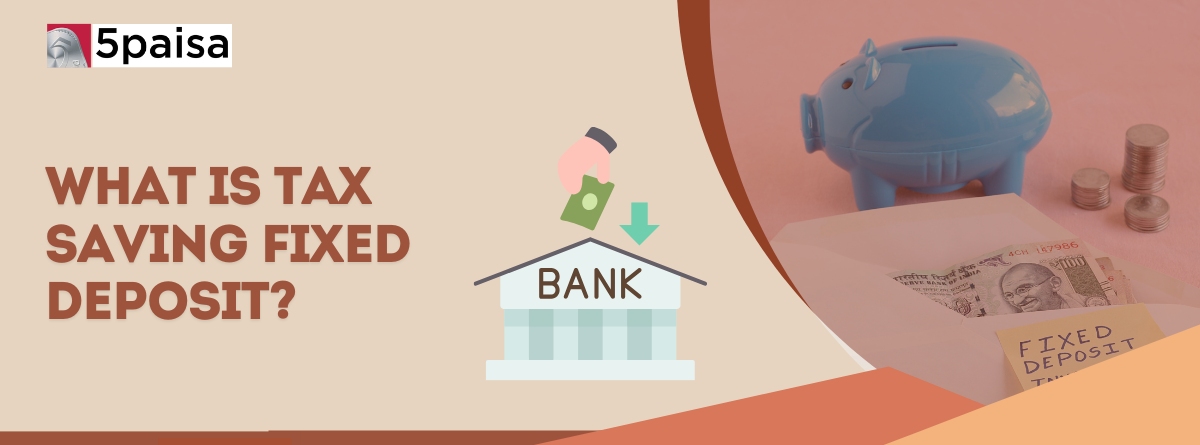Content
- Introduction
- What is Tax Saving Fixed Deposit?
- Key Features of Tax Saving Fixed Deposits
- Who should invest in a Tax‑Saving FD?
- Points to remember while investing in Tax Saving FD
- Documents Required for Tax Saving Fixed Deposits
- How does a tax‑saver fixed deposit work?
- Points to note while submitting the documents
- Comparison of FD Rates
Introduction
Tax Saving FD is a kind of investment choice that let customers deposit funds and receive a greater interest rate than conventional savings accounts. Additionally, individuals can seek tax deductions under section 80C of the Income Tax Act by investing in a 5-year tax Saving Fixed Deposit since investments in this sort of FD are not tax deductible.
More Articles to Explore
- Difference between NSDL and CDSL
- Lowest brokerage charges in India for online trading
- How to find your demat account number using PAN card
- What are bonus shares and how do they work?
- How to transfer shares from one demat account to another?
- What is BO ID?
- Open demat account without a PAN card - a complete guide
- What are DP charges?
- What is DP ID in a demat account
- How to transfer money from demat account to bank account
Disclaimer: Investment in securities market are subject to market risks, read all the related documents carefully before investing. For detailed disclaimer please Click here.
Frequently Asked Questions
One can claim a tax deduction of up to Rs. 1.5 Lakhs per financial year under Section 80C of the Income Tax Act for investments made in Tax Saving Fixed Deposits. This deduction is available only to individuals and Hindu Undivided Families (HUFs).
No, individuals can’t withdraw money prematurely. The Bank Term Deposit Scheme 2006 stipulates that withdrawing Tax Saving Fixed Deposits before the completion of the five-year term is not permitted.
These FDs are considered safe as they are not linked to market fluctuations or volatility.
When a Tax Saving Fixed Deposit (FD) matures, the invested amount along with the interest earned is credited to the investor's savings account linked to the FD.
Here is the list of people who can invest in tax saving FD:
● This is an ideal investment option for individuals and Hindu Undivided Families (HUFs) looking to save on taxes and earn a guaranteed return on their investment.
● These are suitable for investors who are risk-averse and prefer a low-risk investment option.
● Tax saving FDs are suitable for investors who have a short-term investment horizon of five years and do not require liquidity during this period.



